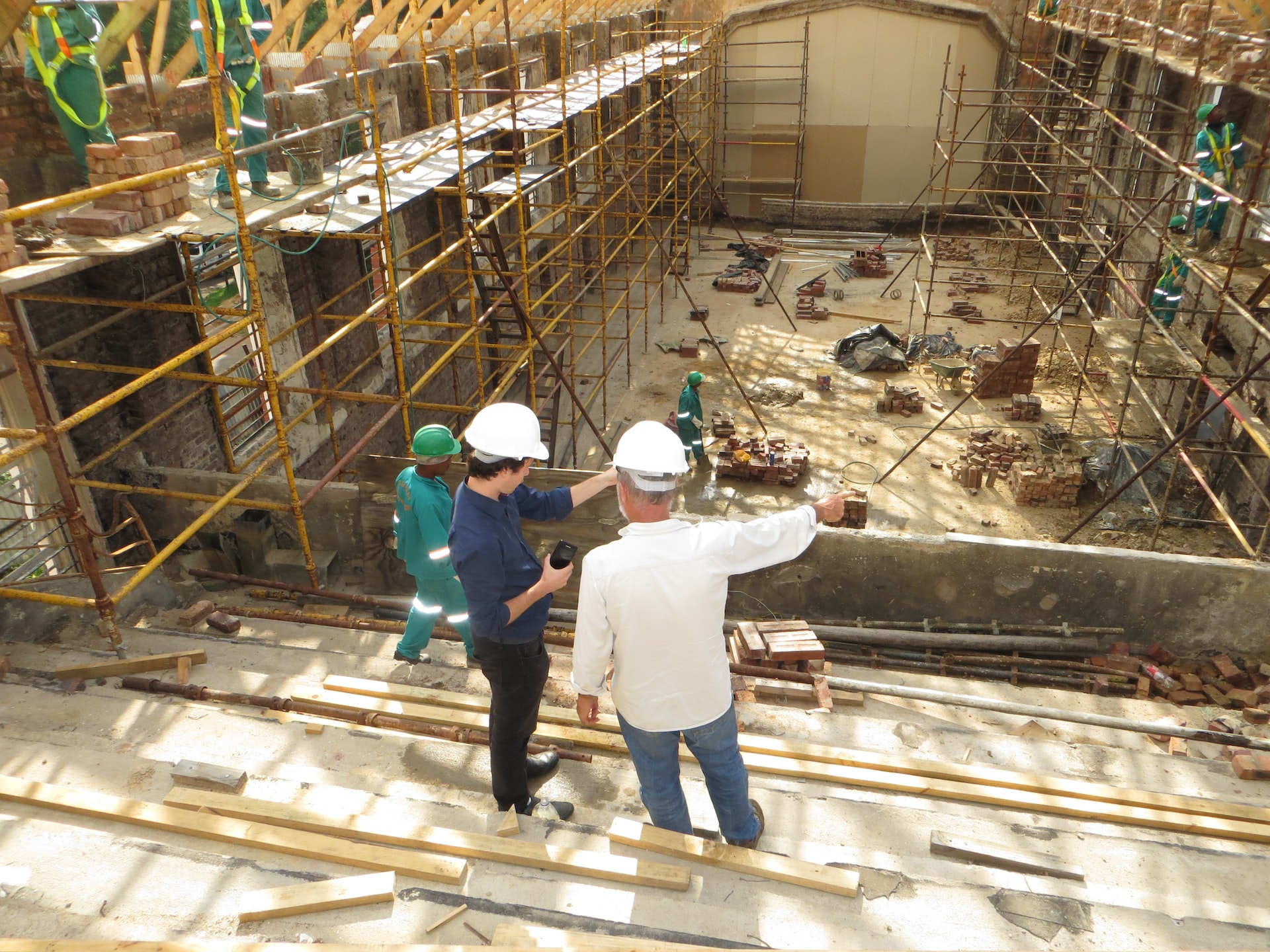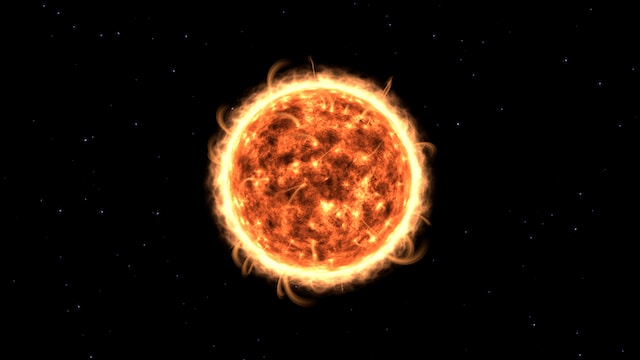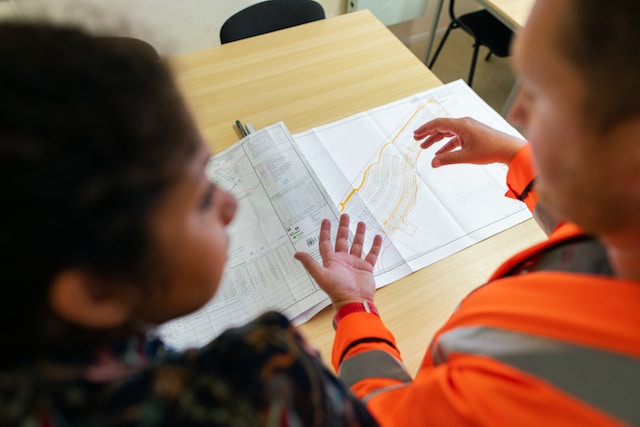Microwave Sintering: A Game-Changing Technique
Building habitats on the Moon using lunar regolith is essential because transporting materials from Earth would be prohibitively expensive. Scientists from the Korea Institute of Civil Engineering and Building Technology (KICT) have taken a giant leap towards making this a reality with a groundbreaking new technique: microwave sintering.
Turning Moon Dust into Building Blocks
This process involves using high-energy microwaves to transform the Moon’s dusty surface into solid, brick-like structures. These microwaves help the particles melt and fuse together, forming robust brick-like material. The beauty of this method lies in its simplicity and efficiency. Unlike other methods, it requires no additional materials and consumes far less energy.
Overcoming Challenges
While initial experiments have yielded promising results, the bricks produced so far aren’t quite strong enough for practical use. When microwaves heat lunar regolith, uneven heating can cause localized hot and cold spots. These variations can lead to thermal runaway, disrupting uniform heating and sintering.
To tackle this issue, a stepwise heating program with defined temperature and dwell time was implemented. Furthermore, lunar regolith contains volatile substances, including water, which can cause internal cracks during sintering. The research team addressed this problem by using preheated lunar regolith simulant in vacuum conditions at 250°C to reduce crack formation.
The Road Ahead
KICT has developed technology to produce construction materials from lunar regolith and plans to test it in space to meet the growing demand for space construction technology. If successful, this innovation could revolutionize lunar construction, allowing astronauts to build habitats, research stations, and even landing pads using materials found right on the Moon.







